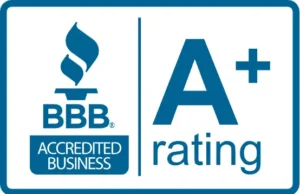Currently, Synchrony offers low monthly payments and many financing options. You can have your home repaired now and pay later with one of Synchrony's six monthly payment programs.
High Island, located in Galveston County, Texas, faces unique challenges when it comes to flood risk management and home protection. This coastal community, situated near the Gulf of Mexico, experiences frequent flooding events that make home elevation a critical consideration for residential property owners. The area’s proximity to water bodies and low-lying topography create conditions that require proactive measures to protect homes from flood damage.
Galveston County’s coastal location exposes High Island residents to multiple flood risks throughout the year. Hurricane season brings the threat of storm surge and heavy rainfall, while the area’s flat terrain and clay soil composition contribute to poor drainage conditions. Additionally, High Island’s elevation above sea level makes it particularly vulnerable to rising water levels during severe weather events. These environmental factors combine to create a situation where traditional home construction methods may not provide adequate protection against flood damage.
Elevating homes in High Island offers numerous advantages for residential property owners. First and foremost, proper elevation significantly reduces the risk of flood damage to the main living areas of the home. This protection extends to valuable belongings, furniture, and essential systems like HVAC units and electrical panels. Furthermore, elevated homes often qualify for reduced flood insurance premiums, providing long-term financial benefits to homeowners. The elevation process also creates additional storage space beneath the home, which can be valuable for residents in this coastal community.
When considering home elevation in High Island, it’s essential to work with experienced professionals who understand the specific requirements of Galveston County’s building codes and flood regulations. Allied Foundation specializes in residential home elevation services, focusing exclusively on helping homeowners protect their properties from flood risks. Their expertise in residential applications ensures that each elevation project meets local building standards while providing maximum protection for families and their homes.
The home elevation process involves carefully lifting the entire structure and installing a new, higher foundation system. This complex procedure requires detailed planning, proper permits, and specialized equipment to ensure the safety and integrity of the home. Factors such as soil conditions, existing foundation type, and local flood zone requirements all influence the elevation approach. Additionally, homeowners must consider temporary relocation during the elevation process and coordinate with utility companies to adjust connections for water, sewer, and electrical services to accommodate the new elevation height.
Proudly Serving High Island for over 40 years!


